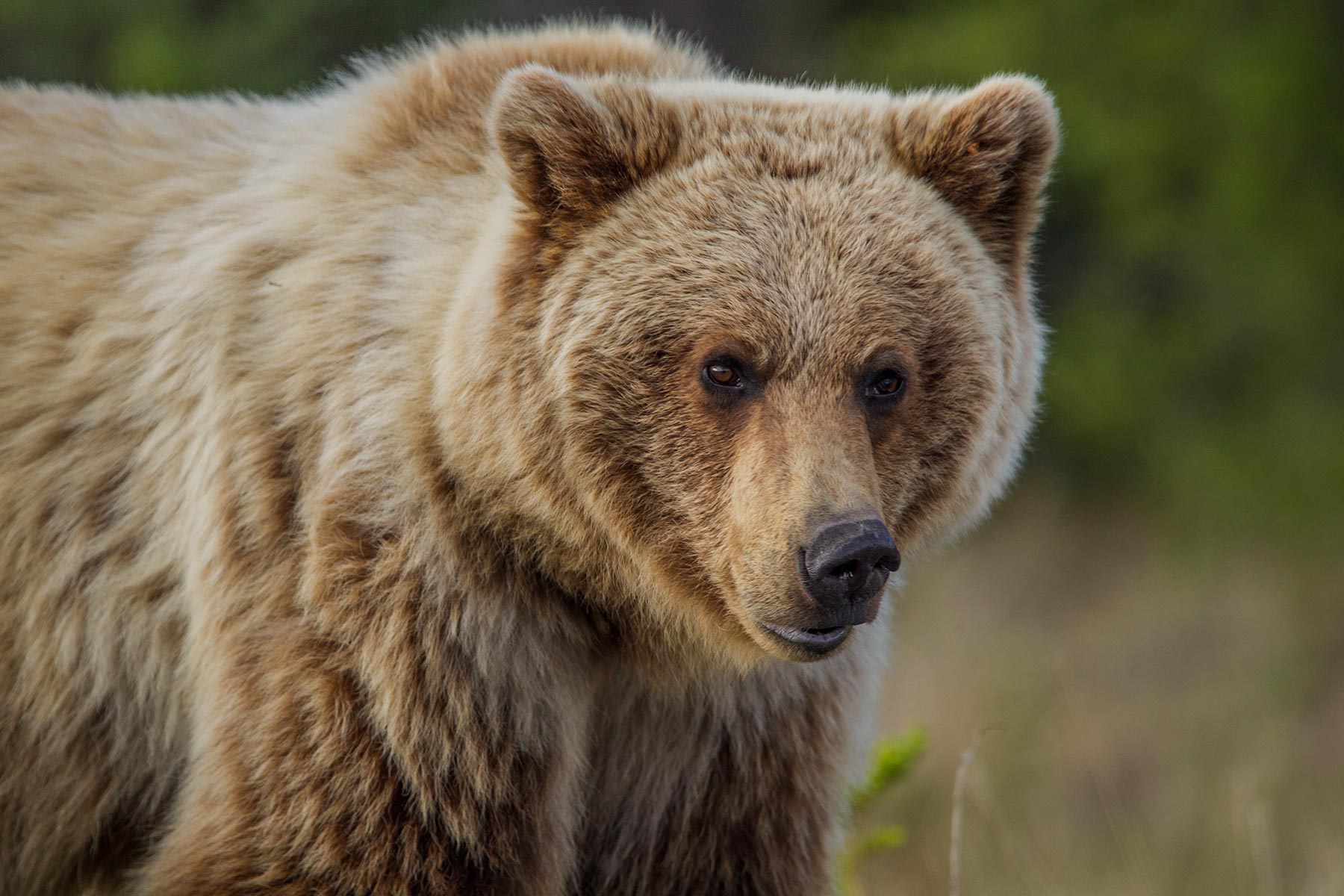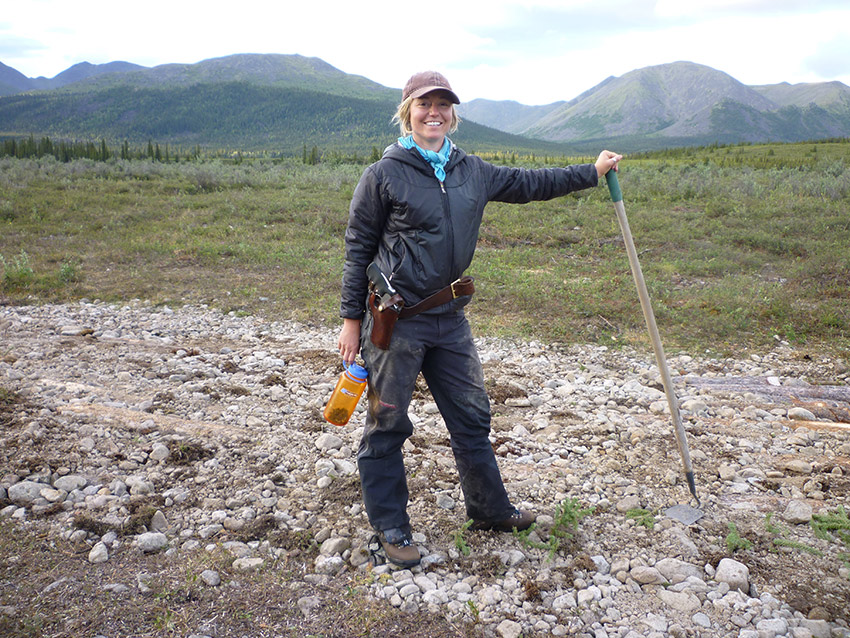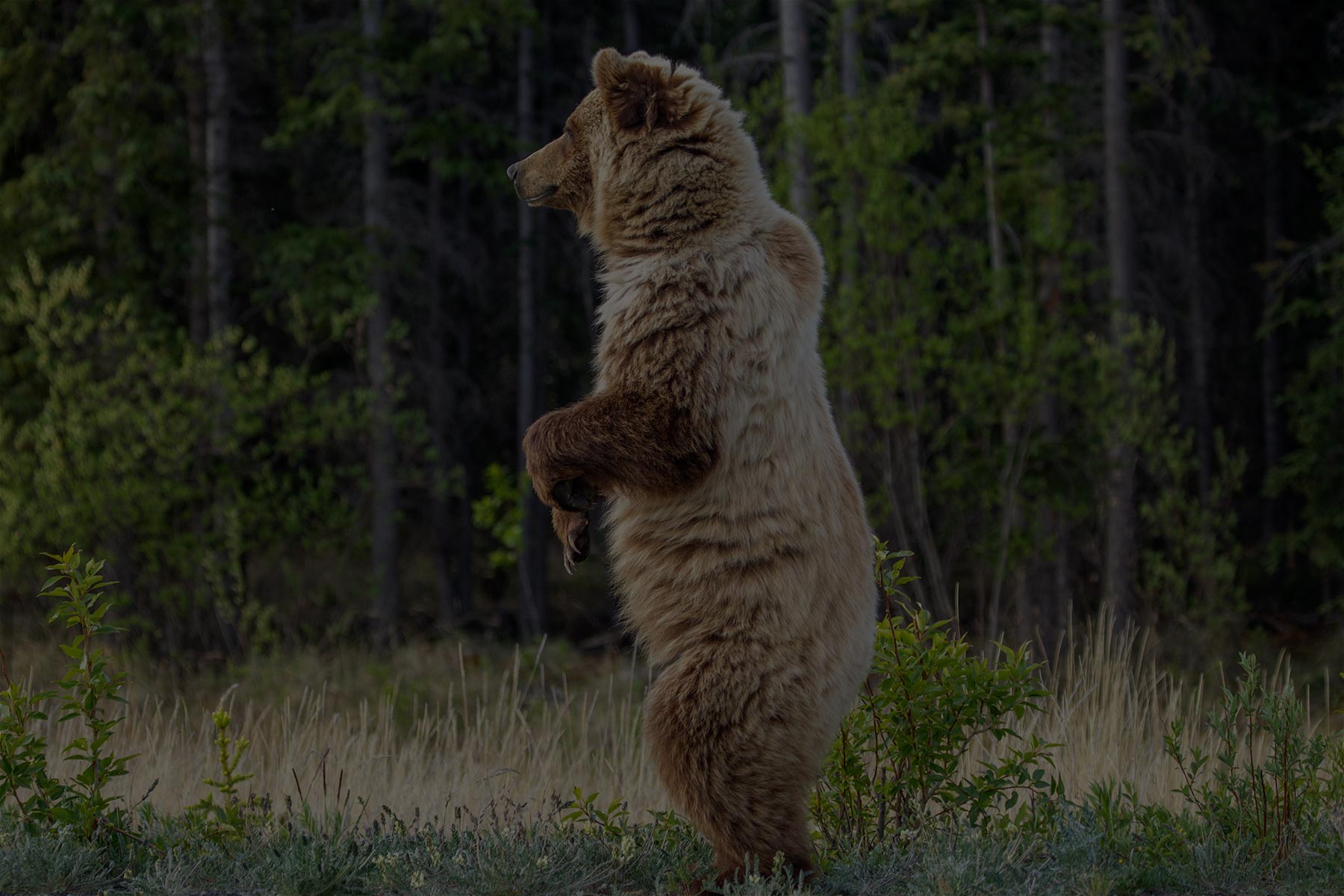
Bear Safety
A Real Encounter by Zack Knaebel (Owner/Pilot)

A Real Encounter by Zack Knaebel (Owner/Pilot)

In a split second the enormous grizzly bear had dropped to all fours and like a nightmare freight train in broad daylight was racing at me with sharp teeth and huge claws. The .44 mag, Smith and Wesson Revolver felt very small shaking violently in my hands as my loud, deep voice said…’Whoa bear, whoa bear.’ I kept telling myself, ‘Hold your fire, hold your fire.’ The big hand gun felt so small; it took all I had to hold my fire until the bear got closer. I wanted to stop the bear, killing it if necessary. I did not want to start shooting and run out of ammo, just pissing the bear off, and not stopping it.
Just as I was about to pull the trigger on this huge interior grizzly bear, charging towards me and my sister…..it stopped

5 yards away…..the bear stood up again like a giant that it was, it smelled my human scented wind…dropped to all fours and was gone! Charging up the steep tundra covered mountainside, muscles rippling, at close to 40 mph. What a powerful and impressive animal. A sure sign of being in the Alaska Wilderness. Adrenaline still surging through my body, my hands still shaking the gun violently, I looked at my sister, whose beautiful brown eyes were now the size of saucers, and asked…’Do you mind if we keep walking down this awesome game trail? Obviously it is a bear trail’.
You see, I knew the bear was gone, gone, way gone, over into the next river system gone. The way the grizzly bear charged up the mountain, and knowing that bears do not like human scent, I was not afraid to continue down the bear trail.
My sister on the other hand…..No way in hell was she going to keep walking on that specific game trail. I was bummed. After having spent the last hour charging, swearing, falling and crawling through brush, and walking on skinny little caribou trails that petered out…. I had finally tripped into a nice, big, firm and wide game trail. I didn’t want to give it up, especially after I had scared the bear off of it.
My sister and I had spent the last two days hiking into a wild and remote mountainous valley to scratch out a Super Cub landing strip. After getting charged by the bear we were thankful to be alive and unhurt and were very well aware of how terrible it could have turned out.
I had startled a huge grizzly bear. It charged. Thankfully we had been making noise, talking and swearing at each other; we did not allow each other to get separated in the thick brush, and my bear safety firearm was very handy. Also, I was comfortable shooting it, having practiced, and I had it loaded with special Alaska Made Bear Ammunition. In this section of the website you will find very important bear safety information. Please review this bear safety information carefully. Whether you choose to use bear spray or a firearm for bear protection, please use common sense.

A few precautions can help keep you safe while camping and hiking, and protect the bears. Once a bear learns to identify hikers, campsites, or cabins as a source of food, there is rarely a happy ending.
Watch for signs of bears such as tracks and scat. Be alert to potential food sources such as carrion, salmon spawning streams, and berry patches. Make noise, particularly where visibility is limited. Your voice is bestâ€â€bear bells are not very effective. Travel in groups. Groups are noisier and easier for bears to detect.
When camping in the park, appropriate food storage is required. If car-camping, keep all food inside your car. If backcountry camping, you can borrow NPS-approved bear-resistant food containers (BRFCs) at park visitor centers.
We strongly recommend that you carry bear spray. Bear spray containing capsaicin, a red pepper extract, is an effective, non-lethal deterrent against attacks by aggressive wildlife. Sprays had a maximum range of about six to eight yards. If discharged upwind or in a vehicle, they can disable the person using them. Use sprays approved by the EPA that contain at least eight ounces of deterrent.
Firearms should never be used as an alternative to a common-sense approach to bear encounters. You are allowed to carry a concealed weapon in the park. However, you cannot carry a firearm into a federal building. A rifle of at least .30 caliber or a 12-guage shotgun with slugs is recommended as defense against a bear. Alaska law makes provisions for shooting a bear in self defense if there is no alternative and the attack was unprovoked. If you are inexperienced, you are more likely to be injured by a gun than a bear, and any misplaced shot may enrage the bear further, prolonging an attack. We generally recommend that hikers carry bear spray rather than a firearm.